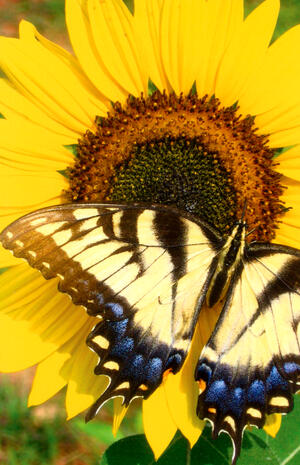Farmers across the U.S. are noticing impacts of changing climate conditions on their production systems. Heavier rain events, warmer winters, and more frequent droughts are some of challenges they face. To help educate farmers and agricultural professionals on climate change and agriculture topics, Julie Doll and a team of researchers at the Kellogg Biological Station have developed a handbook and a curriculum as products of a NCR-SARE Professional Development Program grant.
Farmers across the U.S. are noticing impacts of changing climate conditions on their production systems. Heavier rain events, warmer winters, and more frequent droughts are some of challenges they face.
To help educate farmers and agricultural professionals on climate change and agriculture topics, Julie Doll and a team of researchers at the Kellogg Biological Station have developed a handbook and a curriculum as products of a NCR-SARE Professional Development Program grant.
Ensuring Sustainable Field Crop Agriculture in the Face of a Changing Climate
This curriculum on sustainable agriculture and climate change can be used with clientele, such as farmer groups. The PowerPoint presentation may be adapted to suit your needs and your region of the country. It contains a written script in the notes section. It has general information relative to all types of agriculture and a few specific resources for field crop agriculture. To help you evaluate the effectiveness of this curriculum with your clientele, the authors have included an evaluation form that you can distribute after your presentation.
The post id 8905 does not exist on northcentral.sare.org.
Want more information? See the related SARE grant:
This material is based upon work that is supported by the National Institute of Food and Agriculture, U.S. Department of Agriculture through the Sustainable Agriculture Research and Education (SARE) program. Any opinions, findings, conclusions, or recommendations expressed in this publication are those of the author(s) and do not necessarily reflect the view of the U.S. Department of Agriculture or SARE.
